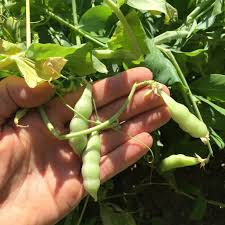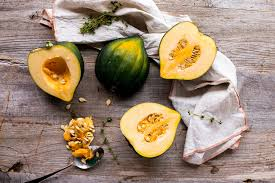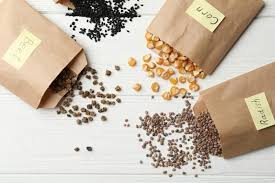In January, as I sorted through my seed bin, I discarded old packets I no longer needed and made a list of the seeds I planned to buy. However, I found that more and more of my seeds are now grown and saved from my own garden. While seed saving was never my primary goal (I love experimenting with new vegetable varieties), it has become a rewarding habit. Some plants make it especially easy to save seeds, and the process becomes addictive once you get the hang of it.
The Easiest Vegetables for Seed Saving
For beginners, the International Seed Saving Institute recommends starting with beans, lettuce, peas, peppers, and tomatoes. I would also add three herbs to the list: dill, cilantro, and fennel, all of which are annuals grown for their seeds. These plants are excellent for seed saving because they are self-pollinating, meaning they don’t require multiple plants or isolation to prevent cross-pollination. Once the seeds are mature, they can simply be dried and stored with minimal effort.
However, not all vegetables are as easy to save. Many, like beets, carrots, onions, and cabbage, are biennials, meaning they require two growing seasons to produce seeds. These plants need to be vernalized (exposed to cold weather) over the winter in order to bloom in late spring, but the wait for the seeds to ripen can seem endless. For example, parsley or celery can take until August of the second year before they are ready to harvest. Fortunately, just a few plants of these biennials will often produce enough seeds to last for several years.

Challenges with Squash and Pumpkin Seed Saving
When it comes to squash and pumpkins, saving seeds requires careful management. These crops are highly susceptible to cross-pollination, meaning that if you grow multiple varieties in close proximity, they may interbreed and produce hybrid seeds. This is why it’s essential to isolate squash and pumpkin varieties from each other to preserve their unique traits.
For example, if you save seeds from different types of summer squash (such as ‘Yellow Crookneck’) without isolating them, the resulting seeds could produce a mix of unpredictable traits. To ensure purity, I only grow one variety of squash or cucumber each year. I’ve successfully saved cucumber seeds for years, but I only grow a small bed of my favorite variety, ‘Little Leaf,’ every few seasons, and I ensure no other cucumbers are planted nearby.

Preserving Heritage Vegetable Varieties
Seed saving isn’t just about convenience—it’s also about preserving heritage vegetable varieties. I started saving seeds from a nearly extinct heirloom bean variety, and it’s been a rewarding experience. By growing and saving seeds from rare varieties, you’re helping to preserve them for future generations. One of the varieties I’m working with is the glossy black ‘Seneca Cornfield Bean,’ a bean historically cultivated by the Tutelo Indian tribes in my area.
Additionally, when you save seeds from a specific variety over multiple generations, you can adapt the strain to your unique garden conditions. For example, I’ve been growing and saving seeds from a shell pea variety for a couple of generations, and it’s already showing improvement in terms of resilience and flavor.

Though I haven’t seen much change with my ‘Stupice’ tomatoes (a reliable, stable variety since the 1940s), I’ve noticed a significant decline in my seed bill. I’m still happy to buy certain seeds I can’t grow myself, but many of my vegetables are so easy to save that it’s become the most economical and sustainable choice.
The Bottom Line
Seed saving is a simple yet enriching practice that enhances your gardening experience. By starting with easy-to-save crops like beans, peas, and lettuce, you can enjoy a steady supply of homegrown seeds year after year. Not only does this practice contribute to preserving rare varieties and creating strains that thrive in your specific conditions, but it also reduces the need to purchase seeds, saving you money in the long run. So, whether you’re a beginner or a seasoned gardener, seed saving is a rewarding habit that’s worth cultivating.
